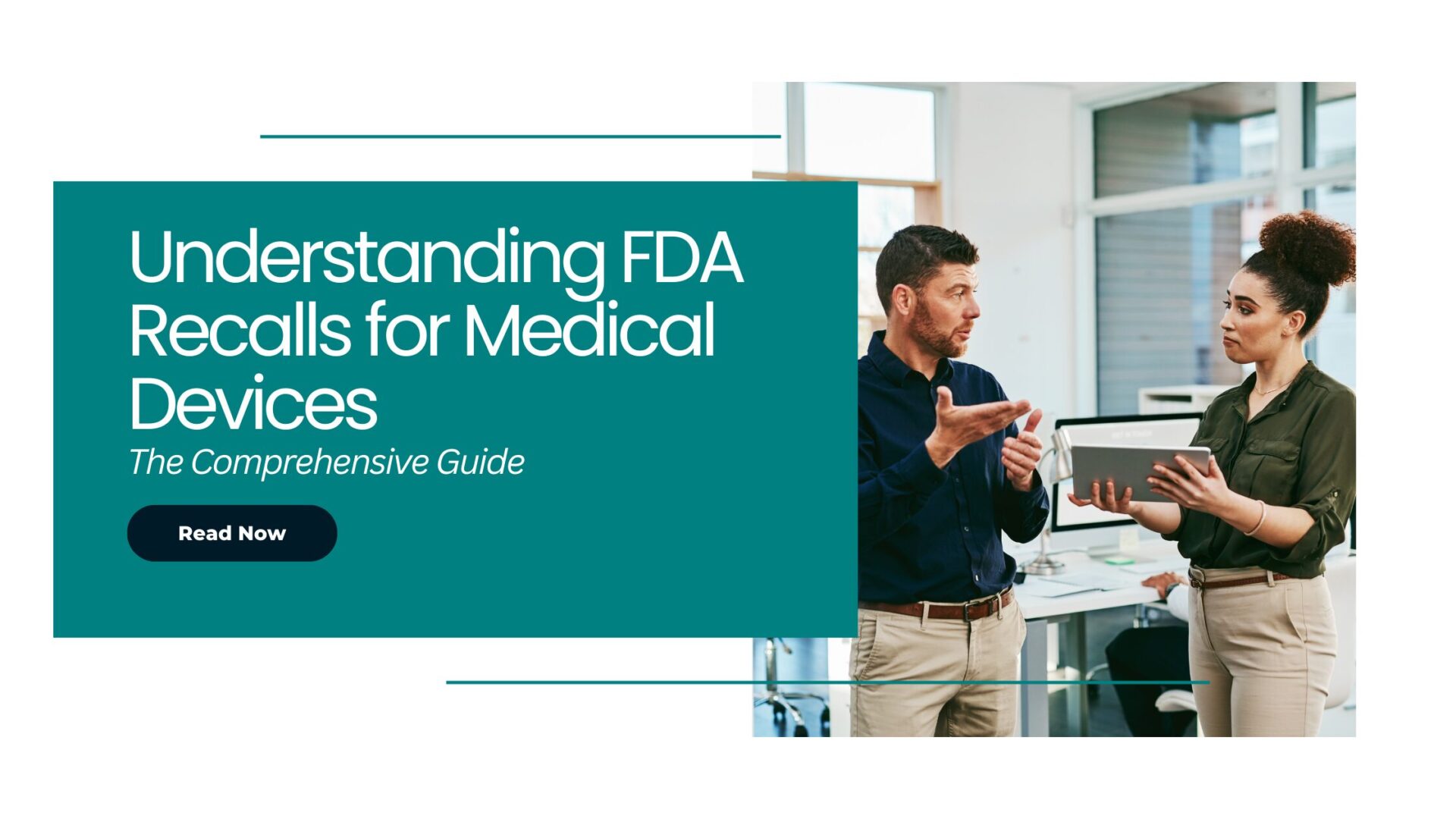While reusable devices significantly help in cost-cutting and optimization of hospital supplies; cross-contamination is a prevalent problem with these devices. Regulatory bodies across the world are taking initiatives to address this issue and hence promote patient safety.
FDA posted a press release on April 12th, 2019 which states that the FDA is continuously monitoring the duodenoscope contamination risks by collaborating with device manufacturers.
Duodenoscopes are long and flexible tubes that are inserted through the mouth and pass on to the throat, stomach and into the duodenum to diagnose and treat diseases related to the pancreas and bile ducts. Duodenoscopes being reusable need to be cleaned and disinfected thoroughly between two uses, however, these devices being complex in structure with minute parts are difficult to clean resulting in a high chance of biofilm formation in the device or transfer of any tissue or fluid from one patient to another when it is used.

Some initiatives are taken by the FDA to address contamination problems with such devices –
- In 2015, the FDA ordered Olympus, Fujifilm and Pentax (US Duodenoscope manufacturing companies) to conduct two post-market surveys to address the issue of contamination as well as to check whether the hospital staff is following reprocessing instructions.
- Preliminary reports of these surveys showed 3% contamination rate for “high concern” organisms. The latest interim reports suggested 5.4% contamination rate which is higher than the previously reported results. These “High Concern” bacteria are more often associated with diseases, such as E. coli or S. aureus infection. Additionally, up to 3.6% were tested positive for low to moderate concern organisms, usually these organisms won’t cause any serious concerns, as they indicate reprocessing failure as depicted below.

- When the studies were being designed, the FDA expected the contamination rate to be less than 1% or close to zero for duodenoscopes. Once the final results of the study are out, i.e., by the end of 2019, then there will be a way to tackle the contamination issue.
- Meanwhile, several researchers have worked on the quality aspect of duodenoscopes across the world and majority of the contamination is by Gram –ve organisms, the main reason being their pathogenicity to cause diseases (McCafferty et al. 2018).
The reasons for outbreaks related to duodenoscope contamination:

Methods to reduce contamination and increase patient safety:
- Use of Proper reprocessing methods to mitigate the issue.
- Proper instructions have to be given for cleaning, disinfection or sterilization of devices especially accessories such as valves, plugs or stoppers as they are more to contamination.
- One of the better ways to tackle the issue is by sterilization process, but, some sterilization methods will come with a risk of damaging the instrument and in turn, reducing the life span of duodenoscopes. Among the methods used, EtO sterilization has been more efficient in reducing the contamination rate. While the method leaves traces of toxic compounds, proper aeration time and the degassing process will solve the issue (ISO 11135-1 guidelines).
- Designing the device in an ideal way to avoid the contamination rate.
- Regular quality audits to check the current state of the issue.
FDA is collaborating with organizations such as the Center for Disease Control and Prevention (CDC) and Healthcare Infection Control Practices Advisory Committee (HICPAC) to seek inputs to improve the efficacy and safety of reprocessed devices.
Duodenoscopes are used in most of the endoscopic procedures, so the sterility of the instrument should be of the highest priority. Regulatory authorities are working on minimizing the contamination rate to zero by using a myriad of practices such as working on designing new duodenoscope as well as working on the concept of ‘Disposable Duodenoscopes’ which is little expensive but it eliminates the option of contamination as the instrument will not be used again. Elexes has helped many companies by guiding them on writing reprocessing manuals, supporting with reprocessing or disinfection validation. Please reach out to jennifer@elexes.com for any questions.
#medicaldevices#healthcare#microorganisms#fda#regulations#productdevelopment#productmanagement#duodenoscopes#contamination#iso13485




















